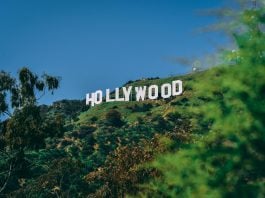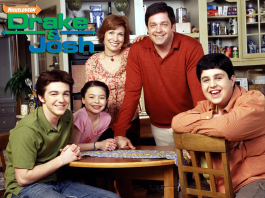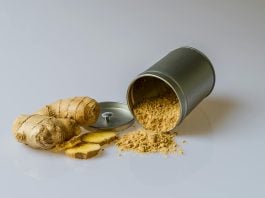Internet gems
- Non Gamstop Casinos
- Non Gamstop Casinos
- New Betting Sites UK
- Casino Sites Not On Gamstop
- UK Online Casinos Not On Gamstop
- Casino Not On Gamstop
- Best Non Gamstop Casinos UK
- Sites Not On Gamstop
- Slots Not On Gamstop
- Casino Not On Gamstop
- Non Gamstop Casino
- Non Gamstop Casinos
- Non Gamstop Casinos
- Casino Sites UK Not On Gamstop
- Casinos Not On Gamstop
- Casinos Not On Gamstop
- Best Non Gamstop Casinos
- UK Casinos Not On Gamstop
- Best Online Casinos UK
- Betting Sites Not On Gamstop
- Non Gamstop Casinos UK
- Betting Sites UK
















